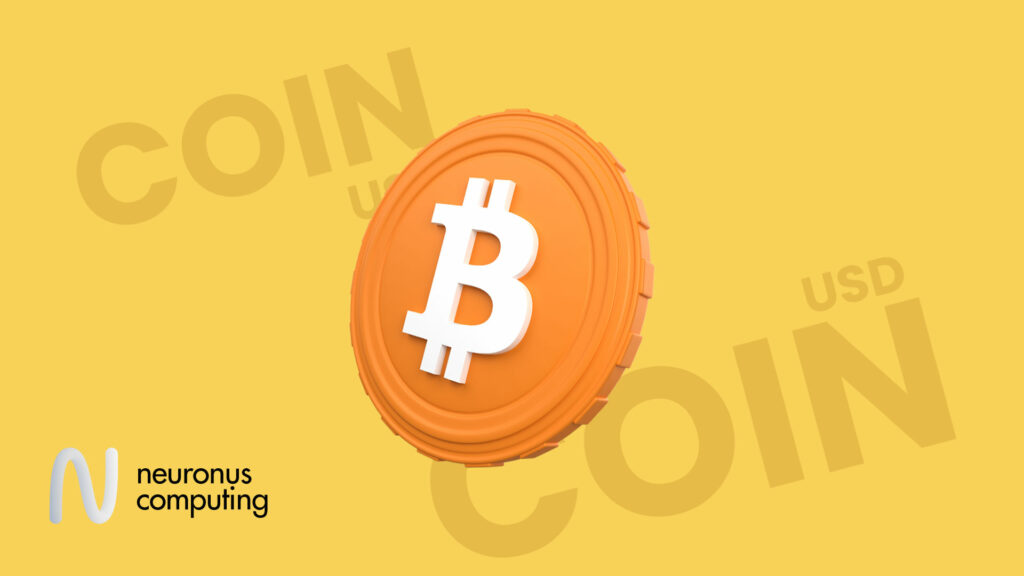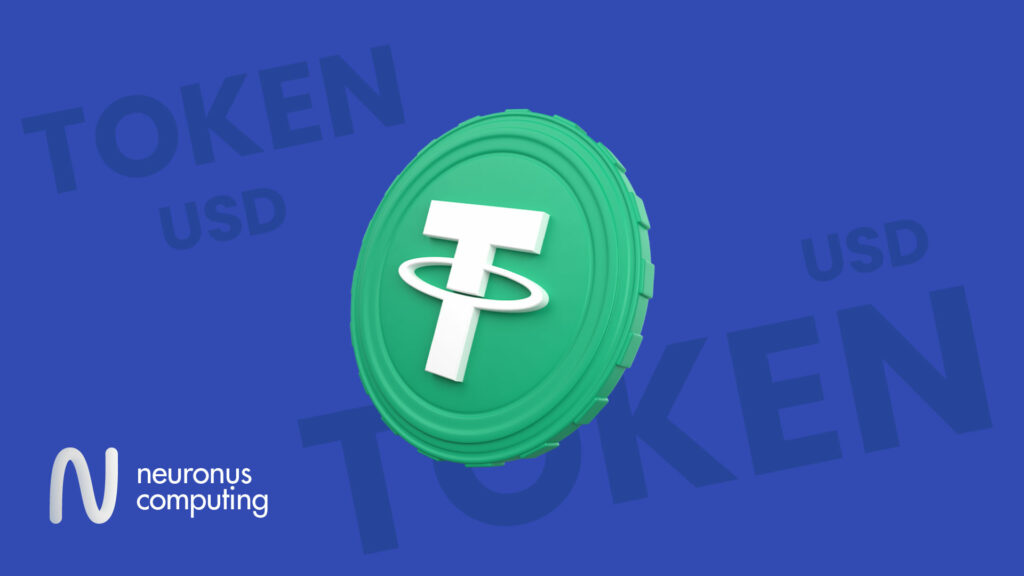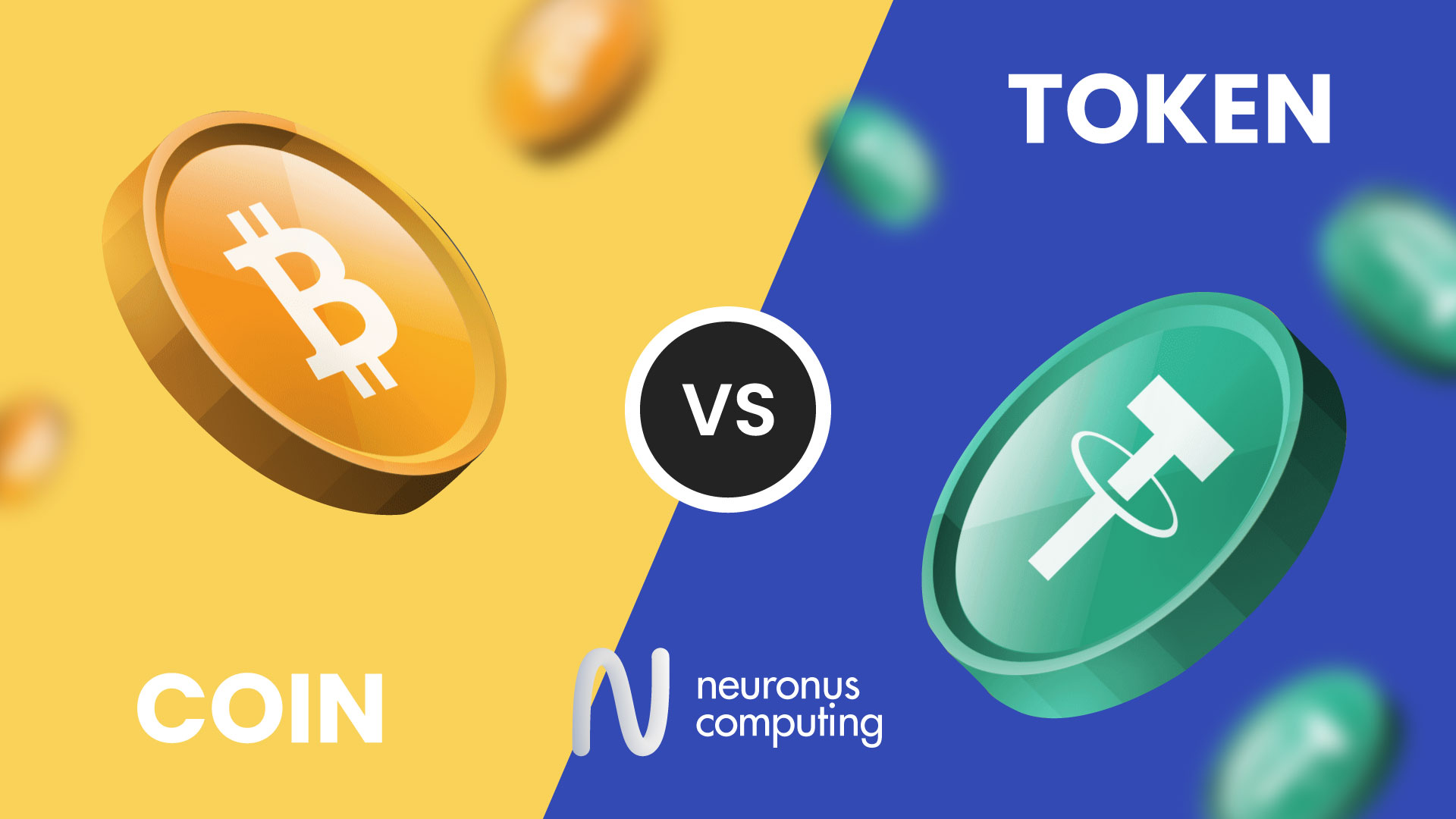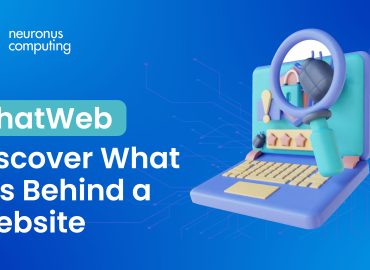The Difference Between Tokens and Coins
Cryptocurrency is a form of digital currency that has been recently introduced. It provides a break from traditional payment methods and financial systems. It employs blockchain technology and cryptographic algorithms to ensure the security of digital assets. Cryptocurrency is in the form of coins and tokens, which are the basic mediums of exchange. Although coins and tokens may be interchangeable terms, there are some differences between them.
Following is a detailed discussion of coins, and tokens, their similarities and their differences:

Coins
Coin is a digital currency that is distributed on an individual blockchain. This is a native blockchain that is independent of other chains. For example, Bitcoin, Ethereum, and Litecoin have their own distributed ledgers. The coins have many purposes and can be used to make a purchase, store an asset, or keep an account. Coins are also mined by participating in reward games to earn points and more coins.
There are many different types of coins based on their function and creation value. Some of these types are described as follows:
Forked Coins
Forked coins are branched off from an existing blockchain, such as Bitcoin Cash (BCH) and Bitcoin SV (BSV).
Wrapped Coins
Wrapped coins allow cross-chain functionality by representing an asset on a different blockchain such as Wrapped Bitcoin (WBTC).
Stable Coins
Stable coins provide stability by pegging to the value of another asset like gold. Tether (USDT) and USD coin (USDC) are some examples.

Tokens
Tokens are another form of digital currency that are created on an existing blockchain. They are pre-mined and are used for utilities, governance rights or to share asset ownership. They are not limited to being a currency but function as smart contracts. Since tokens are dependent on a blockchain, they derive their security from the parent chain, such as Ethereum. For example, tokens built on Ethereum will use ERC-20 as a standard.
Tokens are of varied types based on their function and usage, which are described as follows:
Utility Tokens
Utility Tokens are used to provide access to different kinds of services on the blockchain such as Uniswap (UNI).Governance Tokens
Governance Tokens allow holders to have a right to decide policies for the new protocols, such as Maker (MKR) and Compound (COMP).Security Tokens
Security Tokens are used to represent the shared ownership or claim of a digital asset such as Polymath (POLY).Non-fungible Tokens (NFTs)
Non-fungible Tokens are used to represent unique kinds of digital items like art, antiques, and collectables such as CryptoPunks and Bored Apes.
Difference between Coins and Tokens
Both coins and tokens are essential elements of cryptocurrency, having their own particular functions. They are integrated with blockchain technology, providing safe and secure transactions to their users. In addition, they are decentralized, giving full authority to the owner in terms of usage.
However, there are some key differences between coins and tokens, which make them specific in their function. These differences are listed as follows:
- Coins and tokens differ in their blockchain ownership. Coins have their own independent blockchain, while tokens operate on an existing blockchain.
- Coins are used to buy and sell purchases, just like the traditional monetary system. Whereas tokens offer utility functions, governance rights, etc.
- Coins and tokens have differences in interoperability, as coins are limited to native chains and tokens are supported on different platforms.
- Coins are created through mining or staking but tokens are created on established blockchains and smart contracts.
Conclusion
To conclude, the danger of artificial intelligence is well understood and must be addressed. Experts and professionals have warned about the transformation of the job market. Traditional jobs will be replaced by smart algorithms and software. This would diminish opportunities for unskilled or low-skilled workers. However, through technical education, this gap can be bridged, as can the workforce. Where AI is revamping the job market, it has also given rise to more vacancies requiring more expertise. Hence, a complete knowledge of artificial intelligence can help in retaining jobs.







